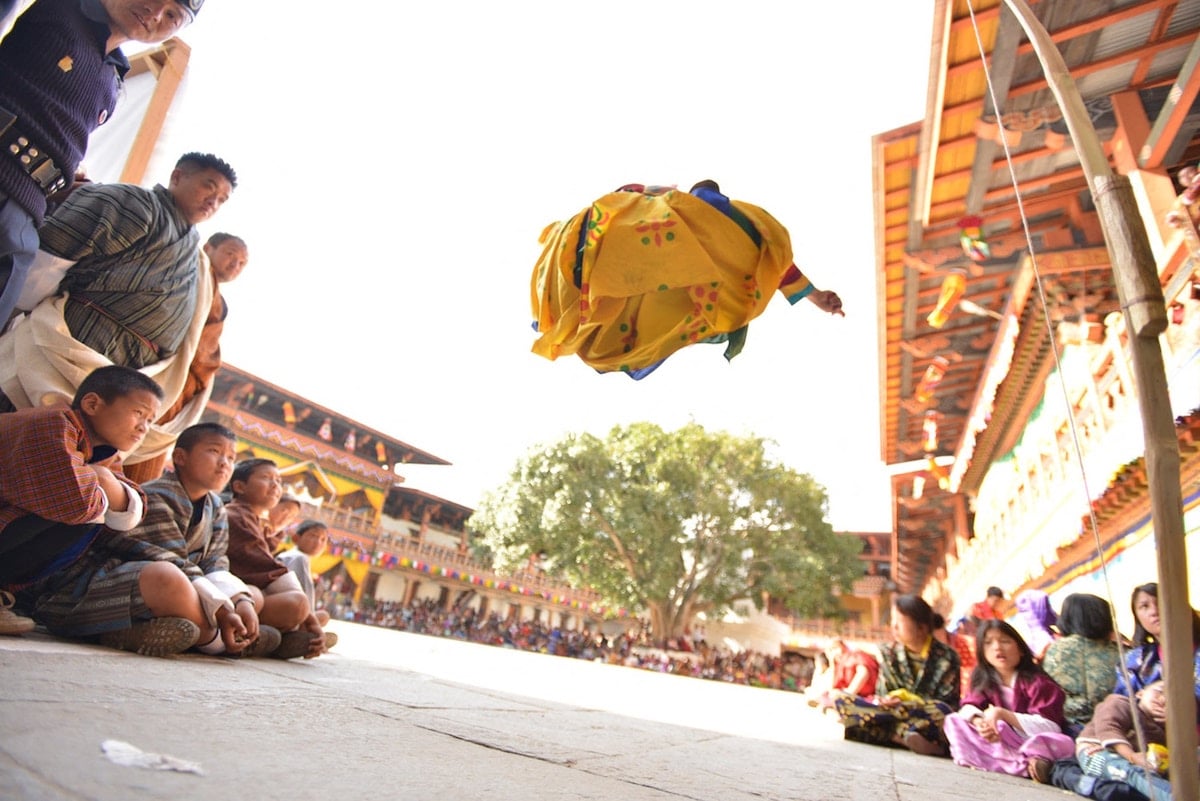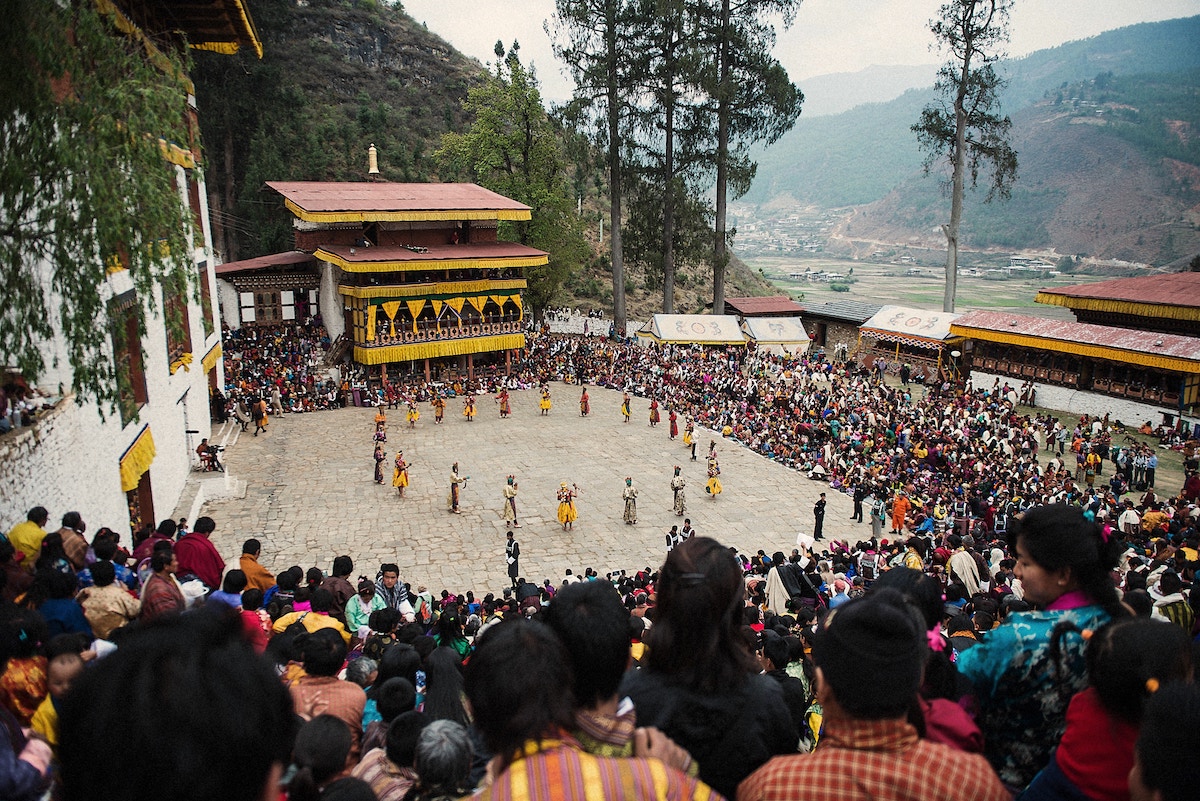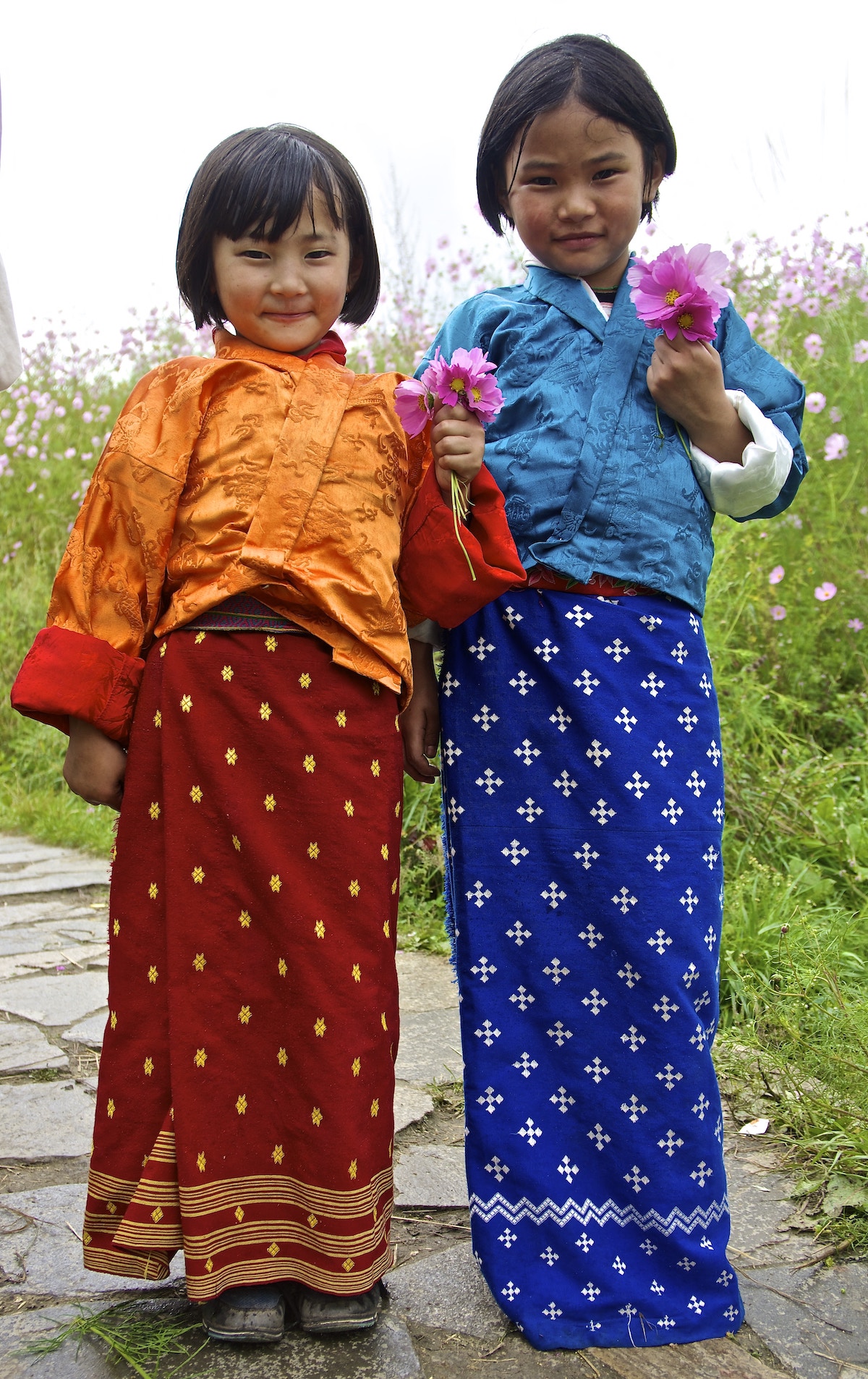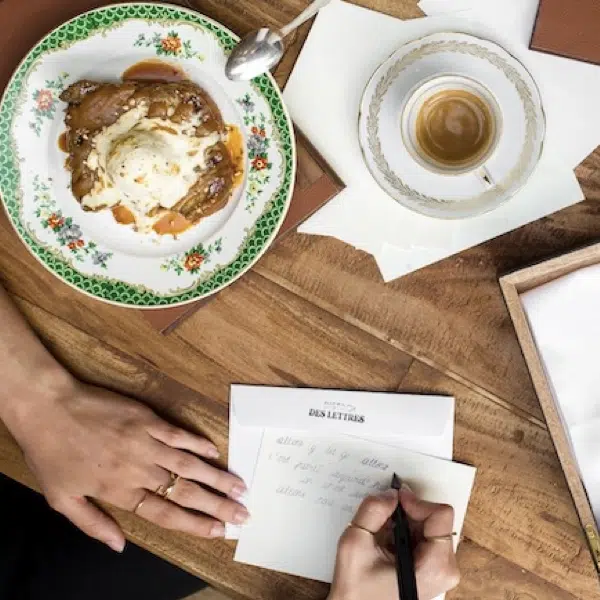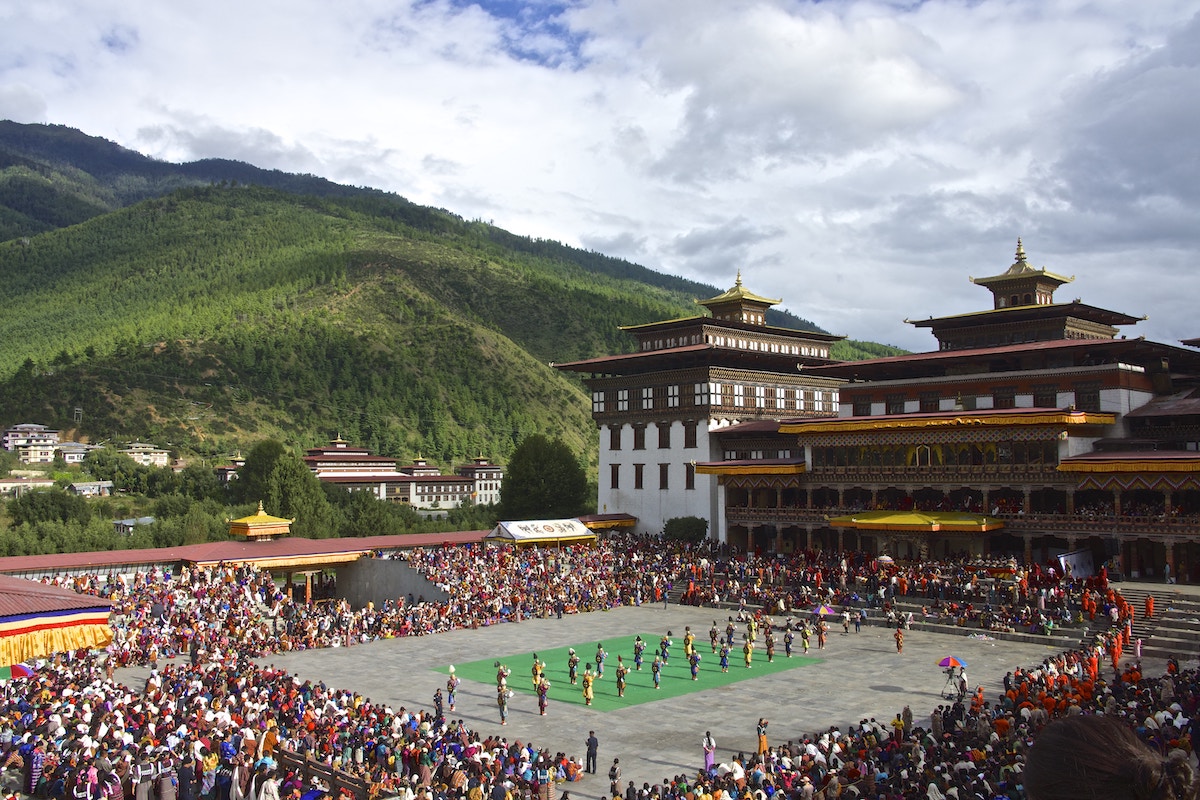
Nestled along the slopes of the eastern Himalayas sits the landlocked country of Bhutan, full of rich, unique cultural heritage. Having never been colonized, its independence has ensured that Bhutanese traditions have endured over time, even as the country has moved out of isolation. Much of Bhutan's cultural traditions are informed by Buddhism. As the country's most dominant religion, it pervades most aspects of life, including festivals known as Tsechu.
These important religious events help bond together communities, and for visitors they are an incredible chance to experience Bhutanese culture. Thanks to MyBhutan, a provider of bespoke, one of a kind travel experiences to the Royal Kingdom of Bhutan, it's easier than ever to visit and learn about local culture. Their travel platform allows you to easily browse attractions, festivals, activities, restaurants, and accommodations while planning your trip. They'll then help you work out the best experience for your needs in order to give you a high-quality trip without any hidden costs.
We recently chatted with MyBhutan writer and cultural experience liaison Karma Yonten about Bhutanese festivals. Yonten, who is passionate about travel, illuminates the history and symbolism behind Tsechu and what visitors can expect when they join these vibrant festivals. Read on for My Modern Met’s exclusive interview about this beautiful nation and learn more about the amazing festivals in Bhutan.
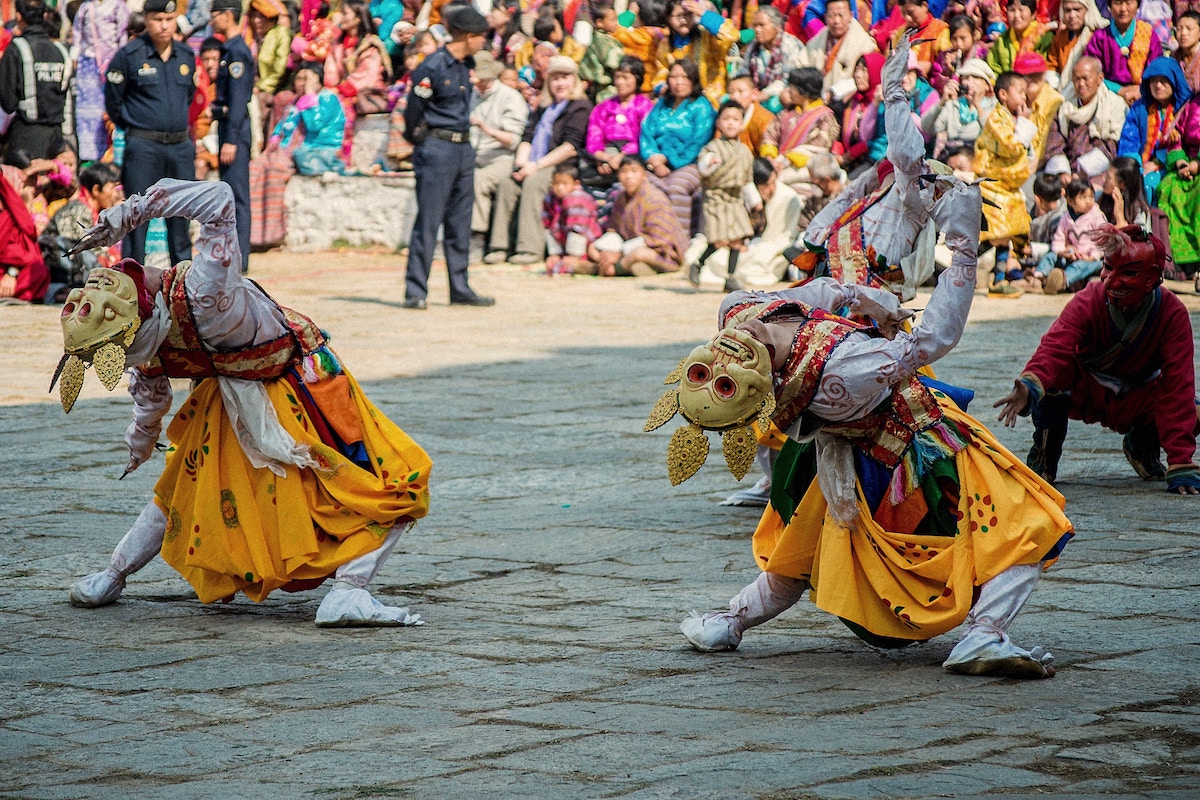
Can you explain what Tsechus are and when they occur?
Tsechus are important religious events held annually in various temples, monasteries, and dzongs [fortresses] throughout the Kingdom of Bhutan, to honor Guru Rinpoche, the renowned Buddhist Master who introduced Tantric Buddhism to the nation.
History has it that upon the request of King Sindu Raja, who was inflicted with illness, Guru Rinpoche visited the district of Bumthang and performed a series of sacred mask dances to restore the health of the King. Thus, the first Tsechu was organized in Bumthang depicting the eight manifestations of Guru Rinpoche through eight different forms of mask dances.
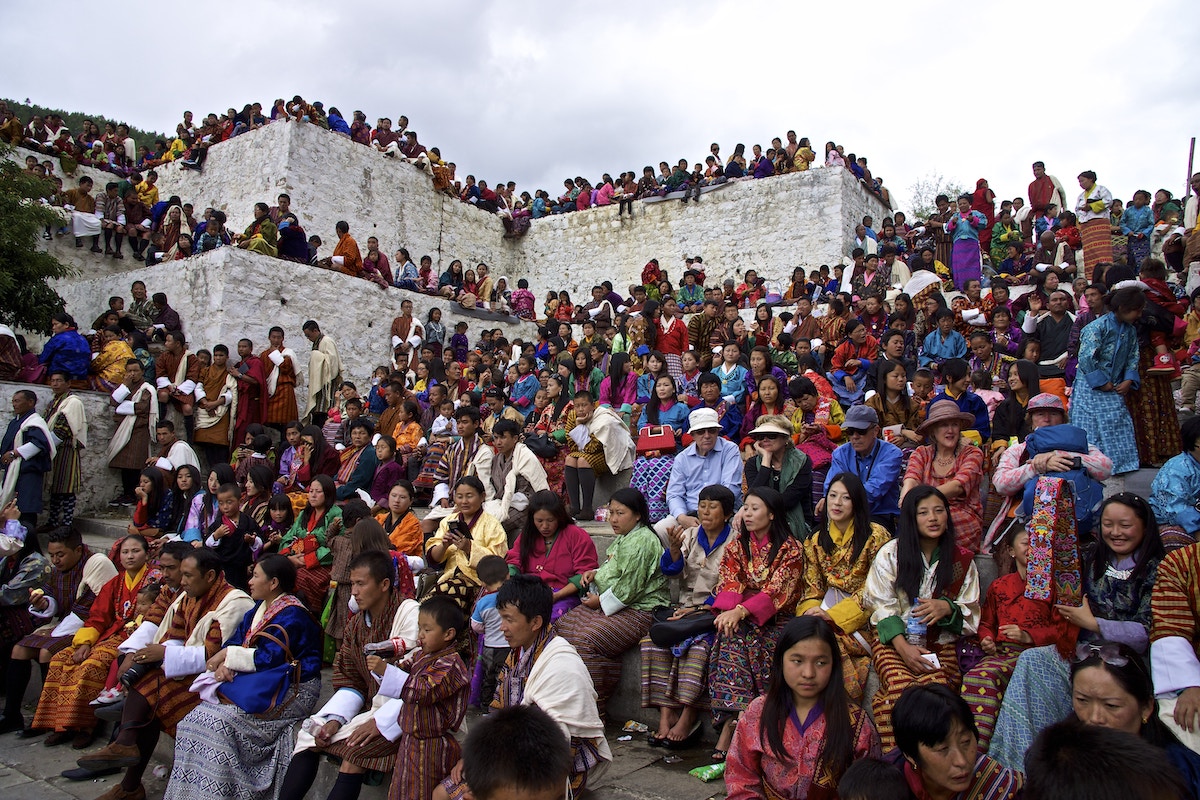
Why are these festivals important for communities in Bhutan?
For locals, Tsechu is a time to socialize, to entertain, to receive blessings and wash away their sins.
Moreover, the Bhutanese believe they accumulate merit simply by attending and witnessing the sacred mask dances at the Tsechus, and that their misfortunes will be removed by the power and blessings that the masked dances bring.
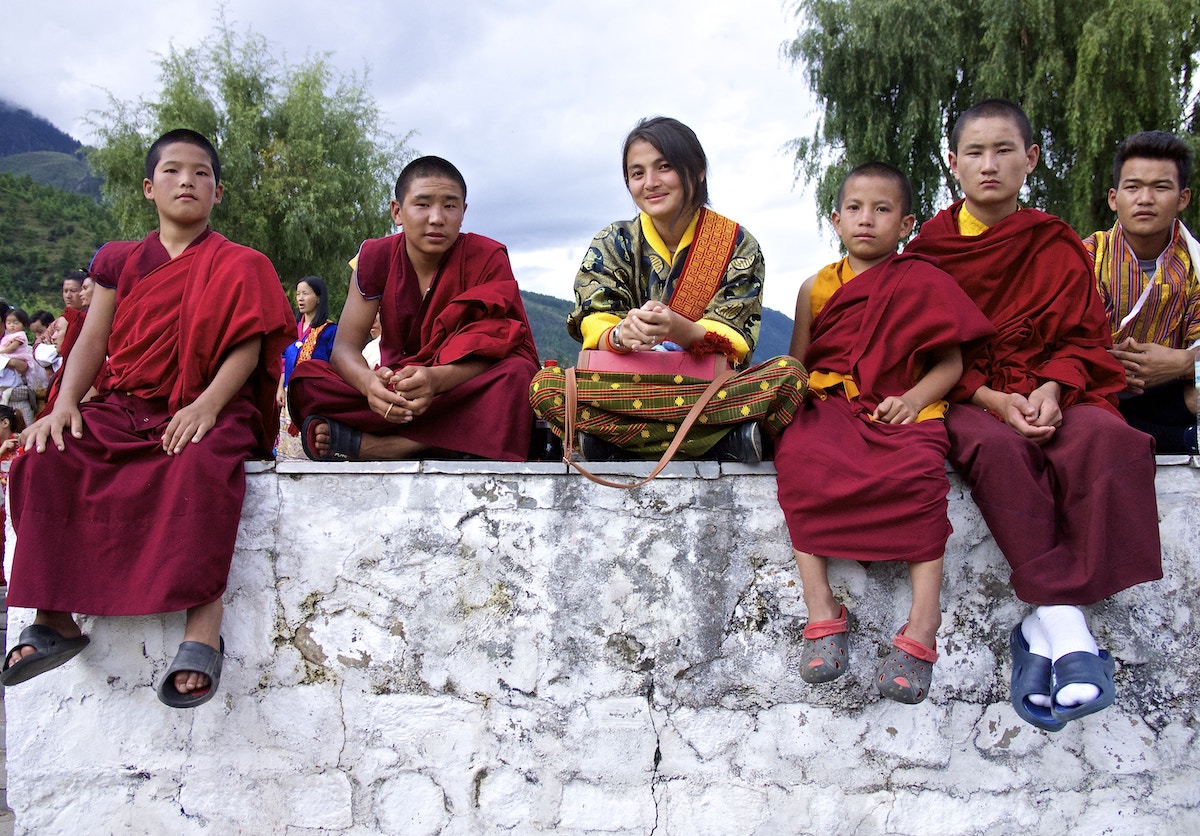
Is there are a common thread through each festival or do they differ locally?
Corresponding to the birthday of Guru Rinpoche, the Tsechus are all celebrated on or around the 10th day of a Bhutanese calendar month. The months are different, though, depending on which Tsechu is being celebrated.
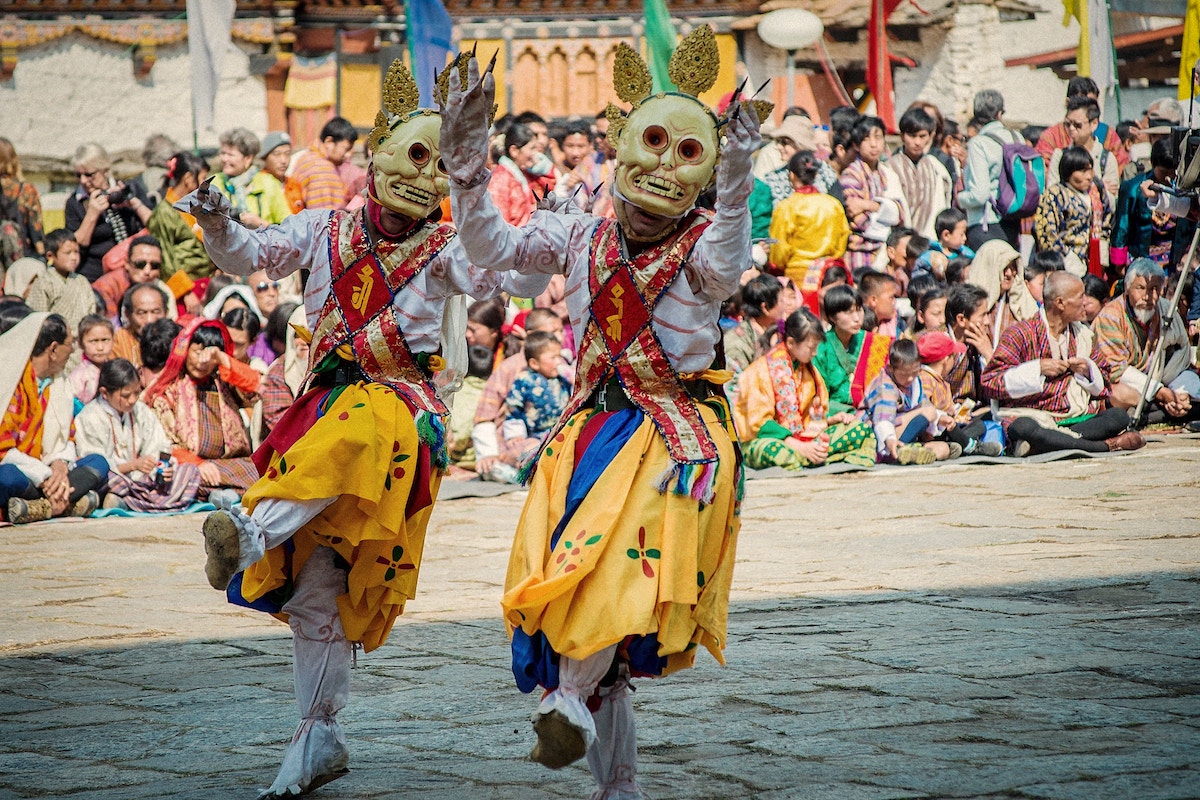
Can you explain what a Cham dance is and why it’s so important to the Tsechu?
Cham dance is a mask dance performed during Tsechus where dancers usually wear wooden masks that represent animals, fearsome deities, and various manifestations of Guru Rinpoche.
The mask dances performed during a Tsechu have special meanings or significant stories behind them. These dances are based on stories and religious incidents dating back to as long ago as the 8th century.
The dancers are believed to slip into a state of meditation, transforming themselves into deities to generate spiritual powers to purify, cleanse, enlighten and bless the spectators.
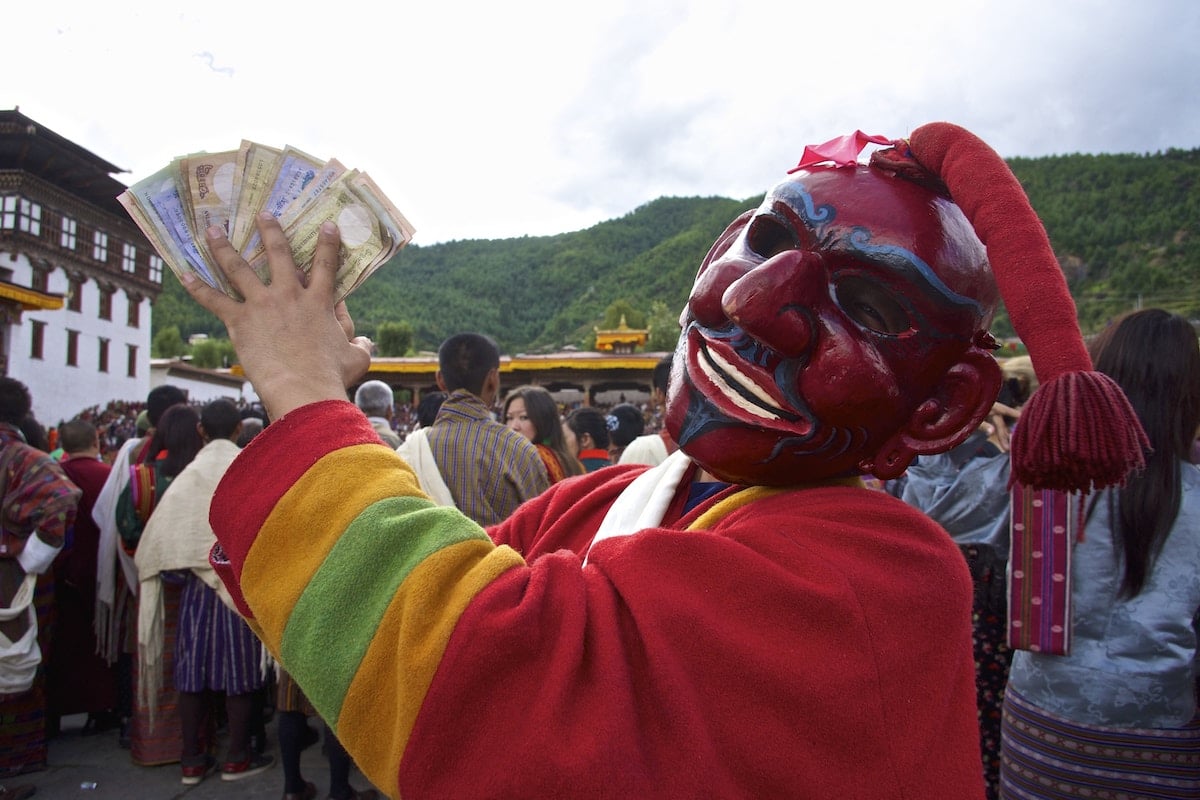
Bright, colorful costumes also feature heavily in the festivals. Do these have particular symbolism?
The Bhutanese people dress up in their finest, since they consider these sacred Tsechus a time for members of the family to come together to celebrate their faith in the Buddha Dharma, love and respect for their Kings and the Royal Family; a break from their busy lives and a celebration of the victory of good over evil.
A Tsechu is also a time when one can see the age-old mask dance costumes and the well-preserved art of weaving that still exists in the country.
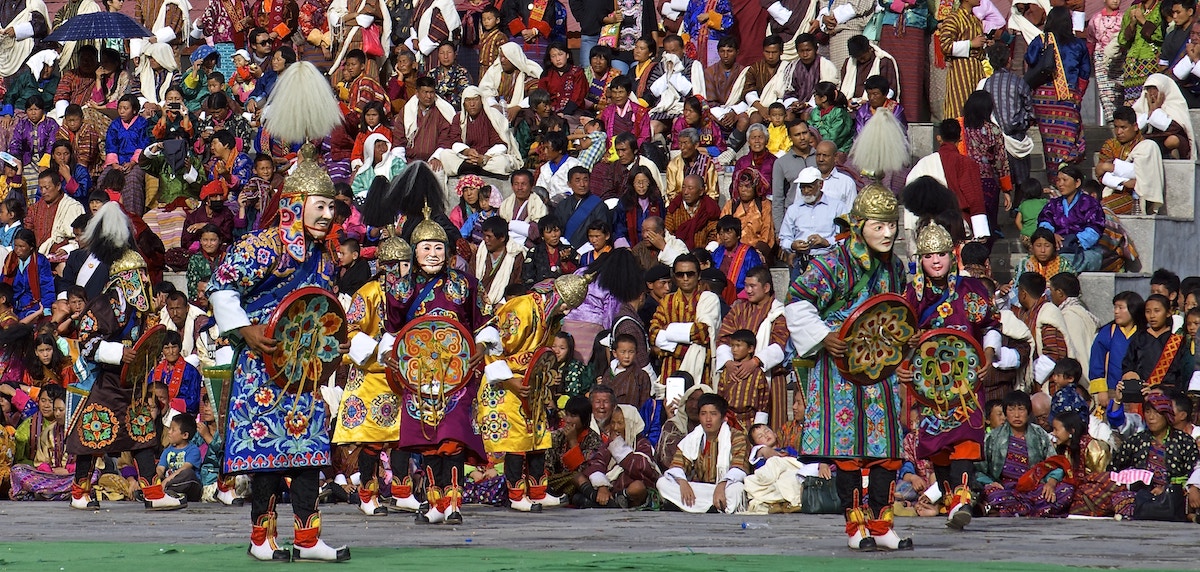
If someone visiting Bhutan wants to experience a Tsechu, what’s the best way to go about doing so?
To experience a Tsechu in Bhutan, one can contact MyBhutan and create a customized trip itinerary with one of the team members.
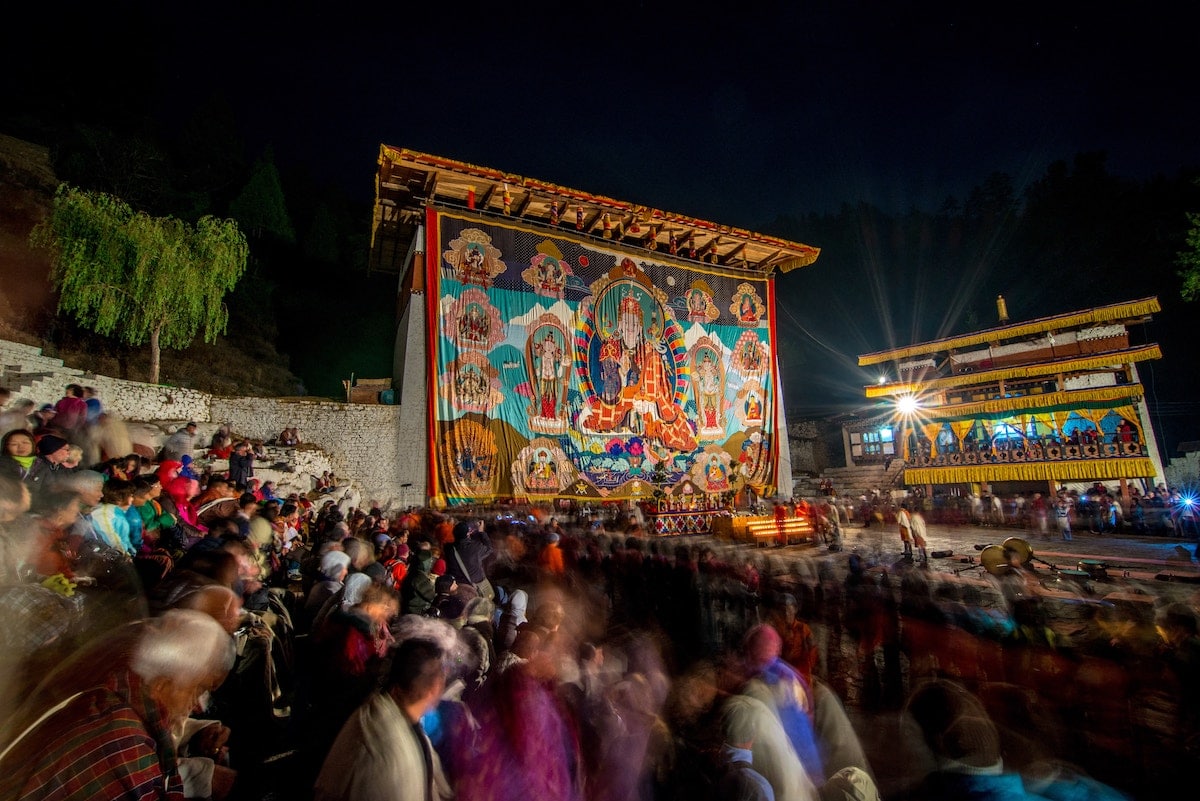
Are there any particular rules of etiquette that one should know prior?
Tsechu attendees, both locals and tourists, are expected to maintain strict disciplinary code of conduct and appropriate sense of dressing, to respect the sacredness of the ground and the mask dances being performed, and to refrain from any untoward behavior.
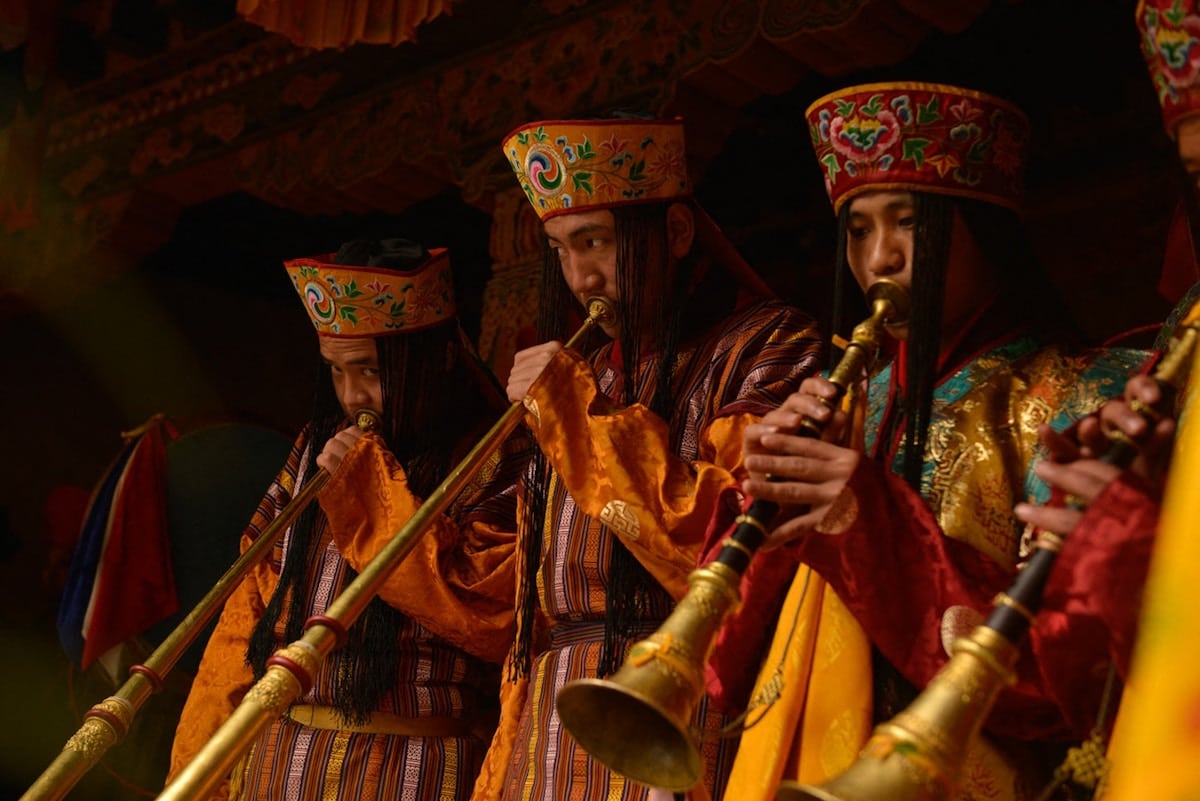
With so many festivals to choose from, can you highlight some of your personal favorites?
That’s a tough question especially since all the Tsechus are spectacular in their own ways. However, I personally feel that the Tsechus of Paro, Thimphu, and Punakha are top-notch when it comes to vibrancy and popularity.
Tsechus are religious festivals in Bhutan that honor the master who introduced Tantric Buddhism to the country.
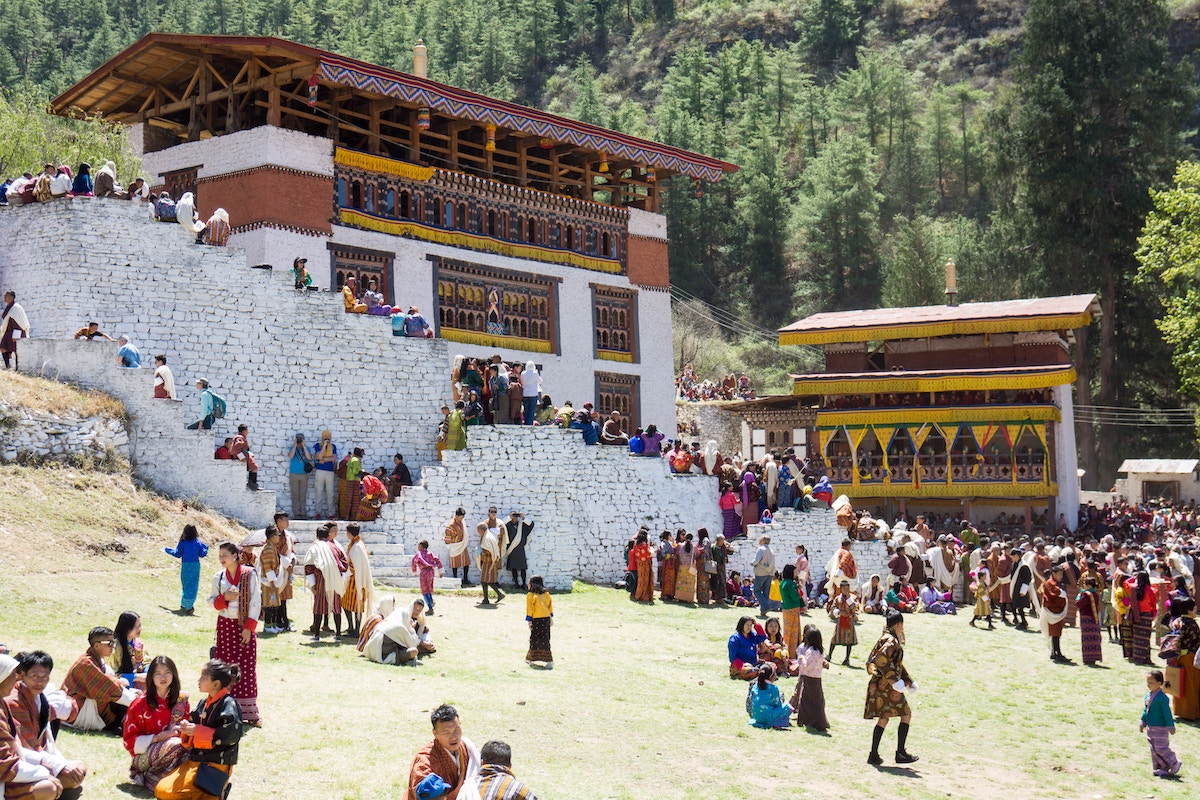

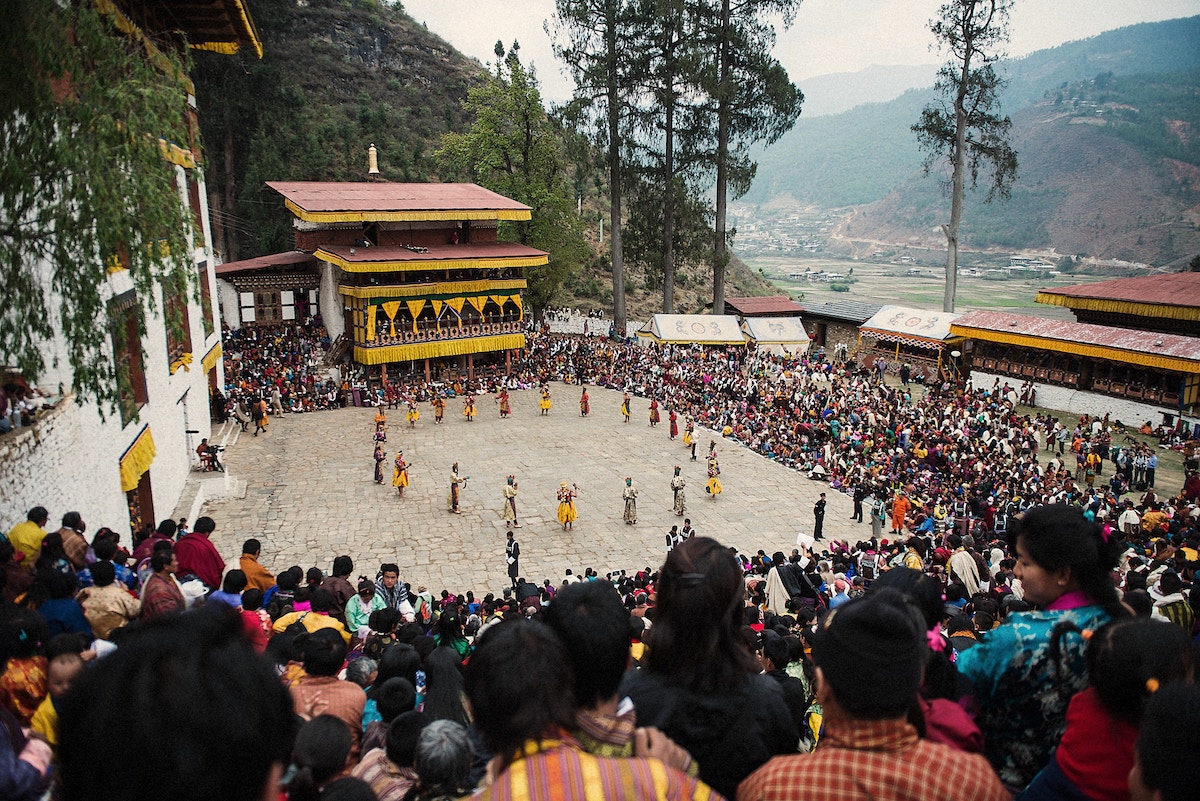
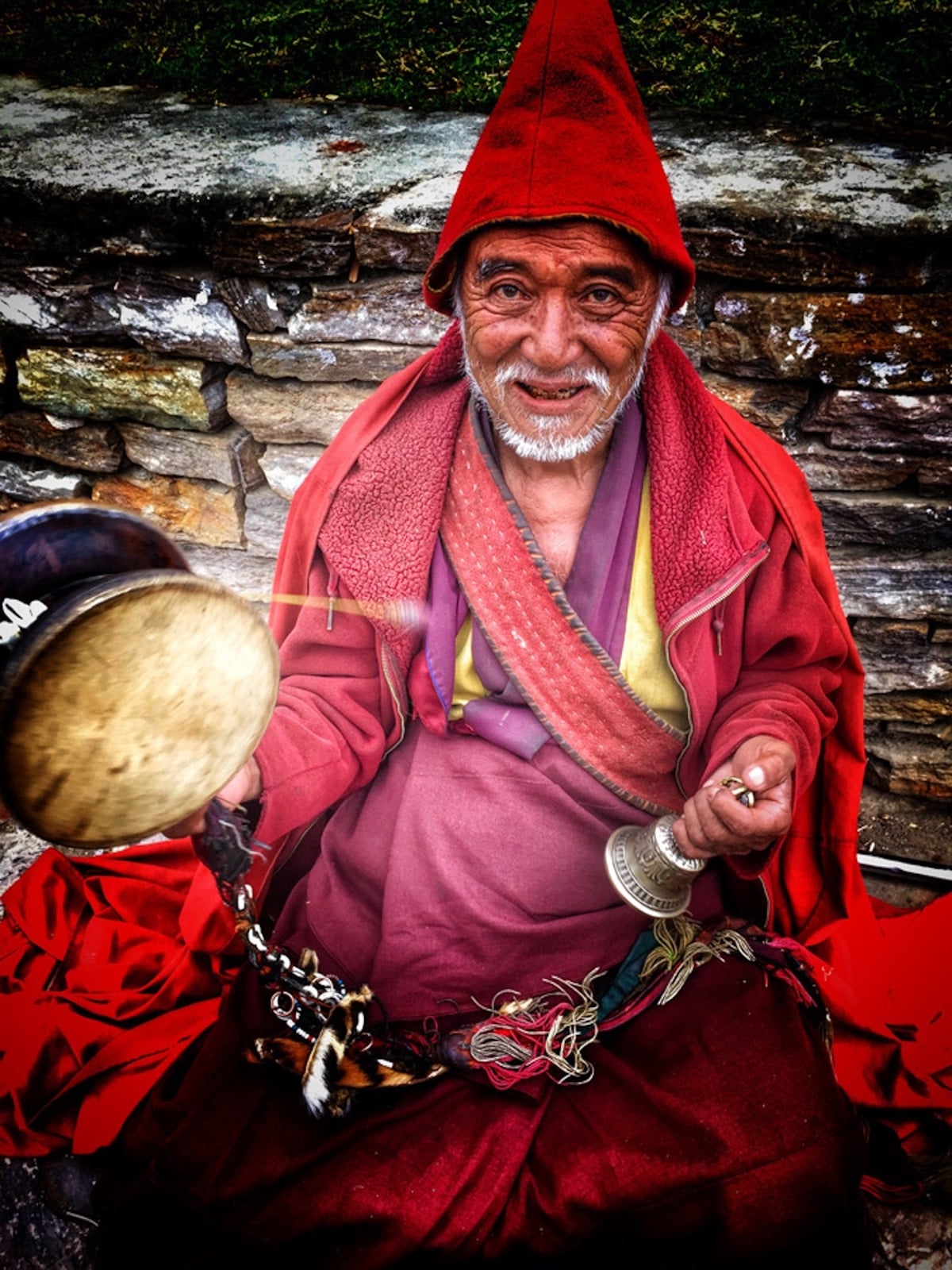
Filled with color and symbolism, these events are incredible opportunities to become part of the local community.
